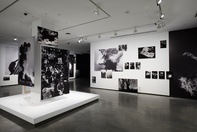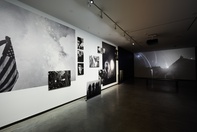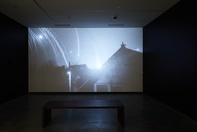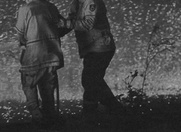Hoda Afshar
Naarm/Melbourne
2023
Displayed 2023 at Museum of Contemporary Art Australia
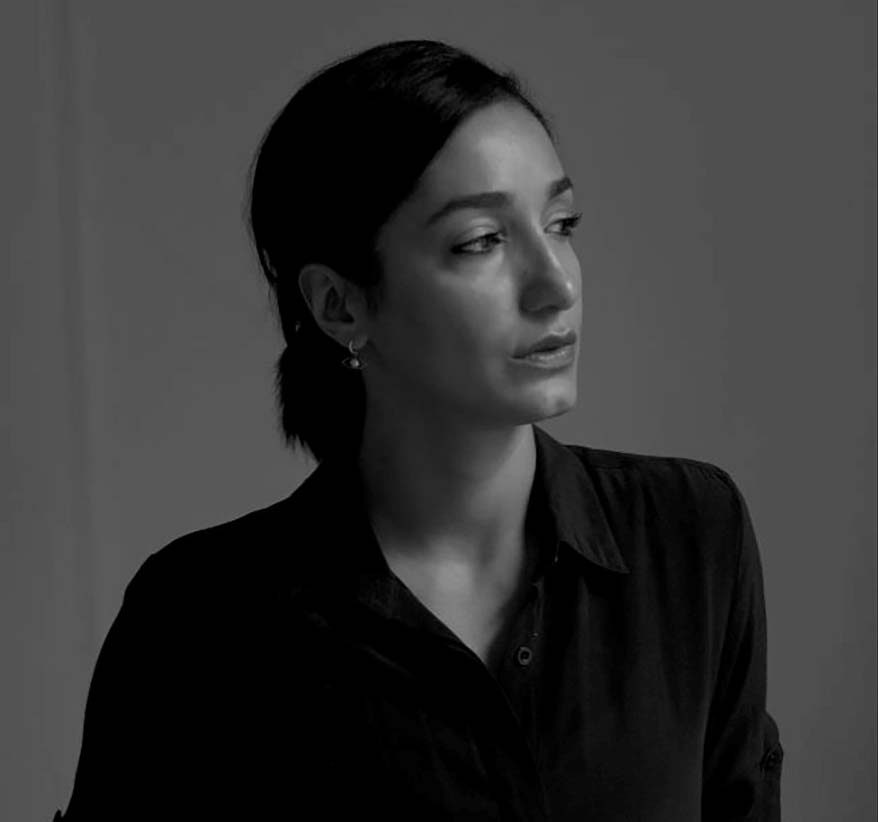
Hoda Afshar
Born 1983, Tehran
Lives and works Naarm/Melbourne
Hoda Afshar first began her career as a documentary photographer in Iran in 2005. Since migrating to Australia in 2007, she has produced a significant body of work in photography, film and video that interrogates the representation of gender, marginality and displacement. Afshar’s works are held in major national collections including the National Gallery of Victoria, the Art Gallery of South Australia, the Monash University of Modern Art Collection, the Art Gallery of New South Wales and the Art Gallery of Western Australia. Afshar’s works have been exhibited widely in Australia and abroad, in STILL ALIVE, Aichi Triennial, Nagoya (2022); Between the Sun and the Moon, Lahore Biennale, Lahore (2020); and solo exhibition Speak the Wind, Monash Gallery of Art & PHOTO 2022 Festival of Photography, Melbourne (2022). Afshar was a recipient of The Sidney Myer Creative Fellowship in 2021. She was awarded the National Photographic Portrait Prize, National Portrait Gallery, Canberra in 2015, and the William and Winifred Bowness Photography Prize, Monash Gallery of Art, Melbourne in 2018. Afshar holds a PhD in Creative Arts from Curtin University, Western Australia.
Photograph: Timothy Johannessen
Image courtesy the artist
Artist text
by Fay Anderson
Iranian-born, Melbourne-based photographic artist Hoda Afshar confronts some of the most compelling political and social issues of our age. Afshar’s latest photographic series, Aura (2020–23), is an eloquent private response to the public imagery of the tumultuous year of 2020: the first year of the pandemic, bookended by the catastrophic summer bushfires in Australia and President Trump’s inflammatory denials to his election defeat, the year of airstrikes and assassinations, of global medical crisis, and the police murder of George Floyd pleading for breath.
Afshar’s conceptual approach involved collecting images that appeared on her computer screen and continued to haunt her. ‘How do we experience these extreme events without physically experiencing them?' (1) she asks. ‘I printed the images in black and white on inexpensive photocopy prints, and then zoomed into parts of the images affecting me as the viewer, and scanned them. So, you see them as extremely grainy, and the overwhelming feeling of experiencing these events through the images.' (2)
Erudite and empathetic, Afshar intimates the universality of human experience during a period of profound disturbance, fragmentation, and isolation. Subscribing to Ariella Azoulay’s comment that photographic images are ‘a powerful and suggestive source for understanding the political existence of human beings,' (3) Afshar’s collection compels the individual viewer to respond to global events, while reflecting our collective experience of viewing turmoil and tragedy.
For Afshar, whose family remains in Iran, the series is also a personal response to the escalating threats of war, including continuing tensions between her homeland and the United States, and Iran’s cross-border missile attacks on Iraq. ‘I remember the intensity of the time,’ she says, ‘especially for someone like myself as a migrant who connects to two worlds, and the two worlds are in crisis.' (4)
The installation format of the series is influenced by the exhibition The Family of Man, first shown at New York’s Museum of Modern Art in 1955, amid the tensions and anxieties of the Cold War. Curated by Edward Steichen, The Family of Man brought together 503 contemporary documentary images by photographers from around the world as a monumental illustration of the ‘oneness’ of global humanity. (5) Afshar also drew on Iranian writer Sadeq Hedayat’s collection of stories, Penumbra (1934), which provides a reference point to the horrors of 2020. One story ends in the gassing of the world, a world in which people are unable to communicate; deliberately, the images selected by Afshar are often shrouded in smoke and shade.
Afshar’s art captures the ability of photographic images to create human connections out of vicarious experience. Yet while Afshar is alert to the power of photography to record human history, she is aware of its limitations. As the legendary Diane Arbus observed, ‘A photograph is a secret about a secret. The more it tells you, the less you know.' (6) Shadowy and suggestive, Afshar’s powerful collection attests to the tantalising mystery and elusiveness of photographs as art, and as subjective representation.
(1) Interview between the artist and author, 5 October 2022.
(2) ibid.
(3) Ariella Azoulay, Civil Imagination: A Political Ontology of Photography, Verso, London, 2012, p.23.
(4) Interview, op.cit.
(5) Edward Steichen, The Family of Man, Museum of Modern Art, New York, 1955, p.4.
(6) Diane Arbus cited in Peter Schjeldahl, ‘Looking Back: Diane Arbus at the Met’, The New Yorker, 13 March 2005.
Hoda Afshar - Auslan
3min
About the work of Hoda Afshar in The National 4.
Hoda Afshar
8min
Artist's acknowledgements
An earlier iteration of Aura (2020–23) was produced for Void’s Bleak House project (2020–22). Aura was expanded and reformatted for The National 4: Australian Art Now.
The artist would like to acknowledge the generous time and assistance of her long-term collaborators Timothy Johannessen, Peter Hatzipavlis, and James Wright. Special thanks also to Amos Gebhardt for their support on this project.
Undone (2022)
Producer and Editor: Hoda Afshar
Sound Design: Hoda Afshar and Byron Dean Colourist: Peter Hatzipavlis
Hoda Afshar is represented by Milani Gallery, Brisbane.
